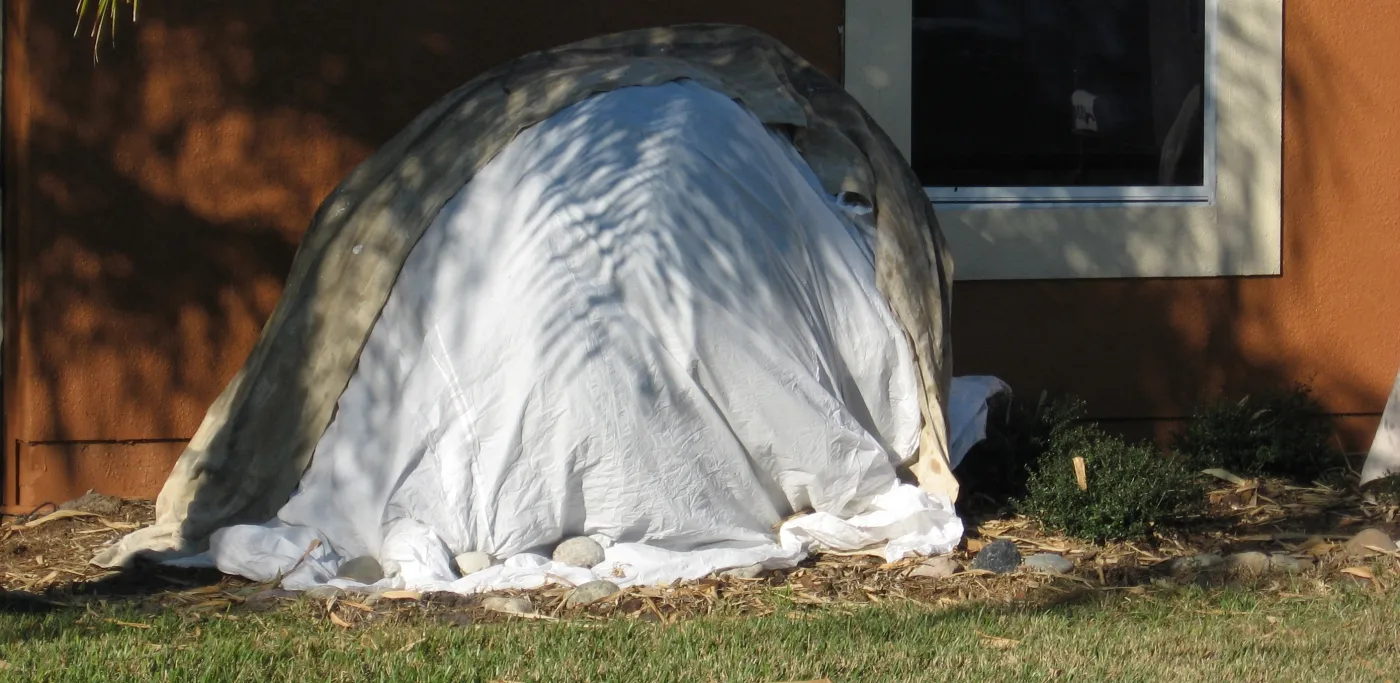With freeze forecasts reaching into next week, this is a good time for gardeners to think about how to protect their plants. Here are some tips from the experts:
What should I protect?
Worry about tropical plants, things like hibiscus and crotons that aren't native to Northeast Florida. Native plants, like many kinds of azaleas, are built for occasional freezes.
What should I use?
Cover the plants with something that reaches all the way to the ground to catch heat escaping into the air. An old bed sheet usually works perfect on most plants. You can also put a small light under the cover to generate a little heat.
Plastic will catch ground heat, but leaves and branches holding it up can still freeze unless you put a cloth sheet underneath. Also, plastic has to come off during the daytime, or temperatures inside can rise enough to be harmful if it warms up too quickly.
When should I run sprinklers?
Unlike the warmer parts of the year, it helps to water during the daytime druing freezes, when temperatures are higher, because wet soil holds heat better than dry soil. Also, water will freeze on the leaves of many plants and cause more damage than good.
What do I do with them if my plants freeze?
Live with it until after the last freeze of the winter, then prune the damaged parts. If you cut away the dead areas now, plants can start growing again during the winter and the new branches will be especially fragile during the next cold snap, Figart said. When it's time to prune, scrape the bark a little to check whether that part of the plant is really dead, too.


